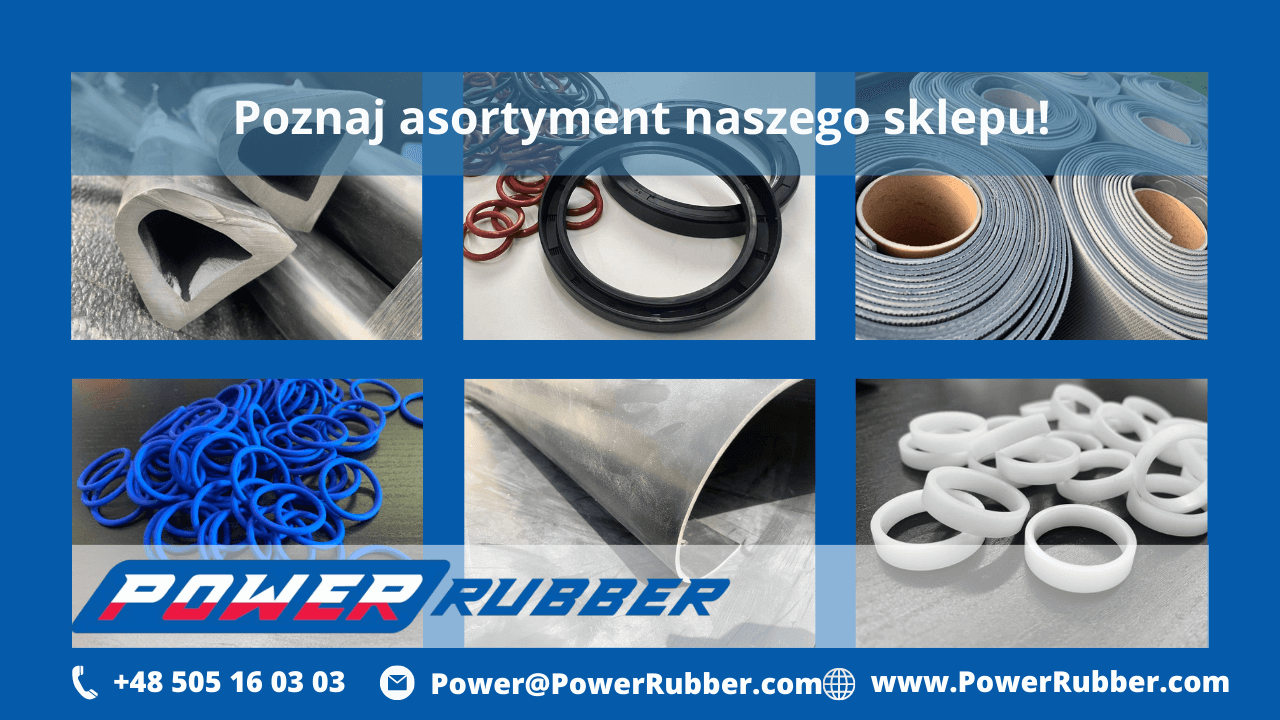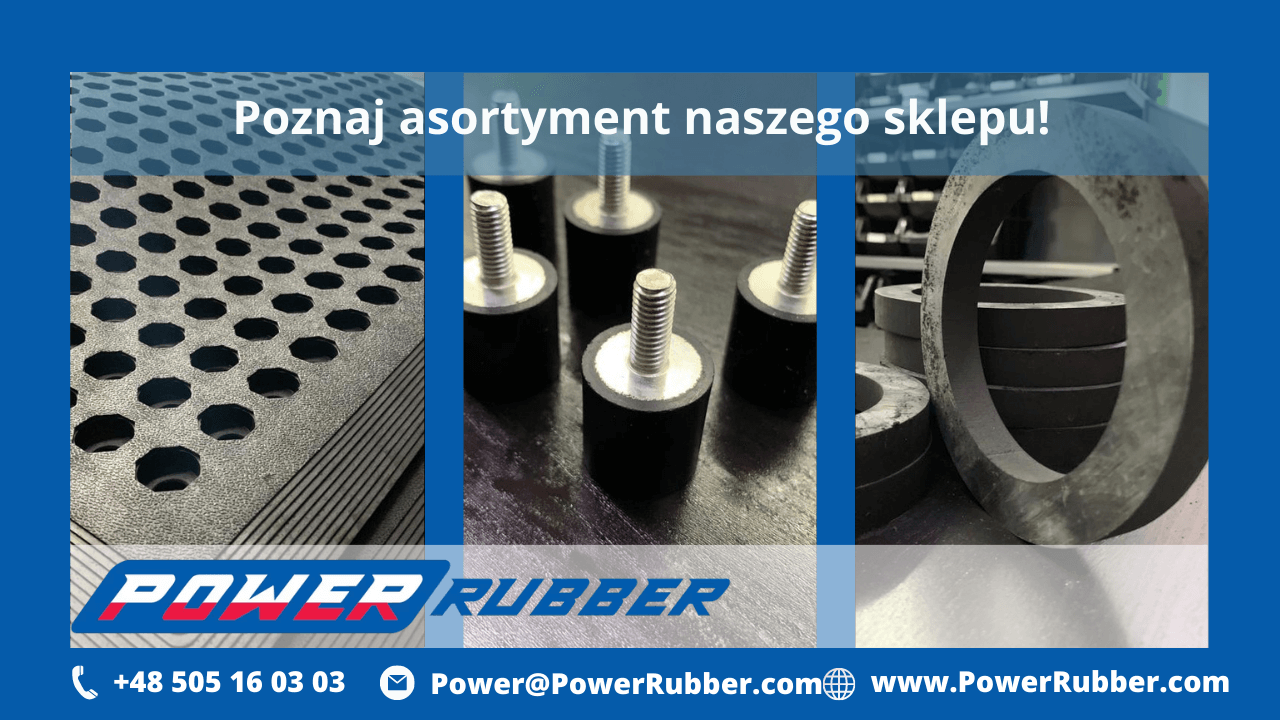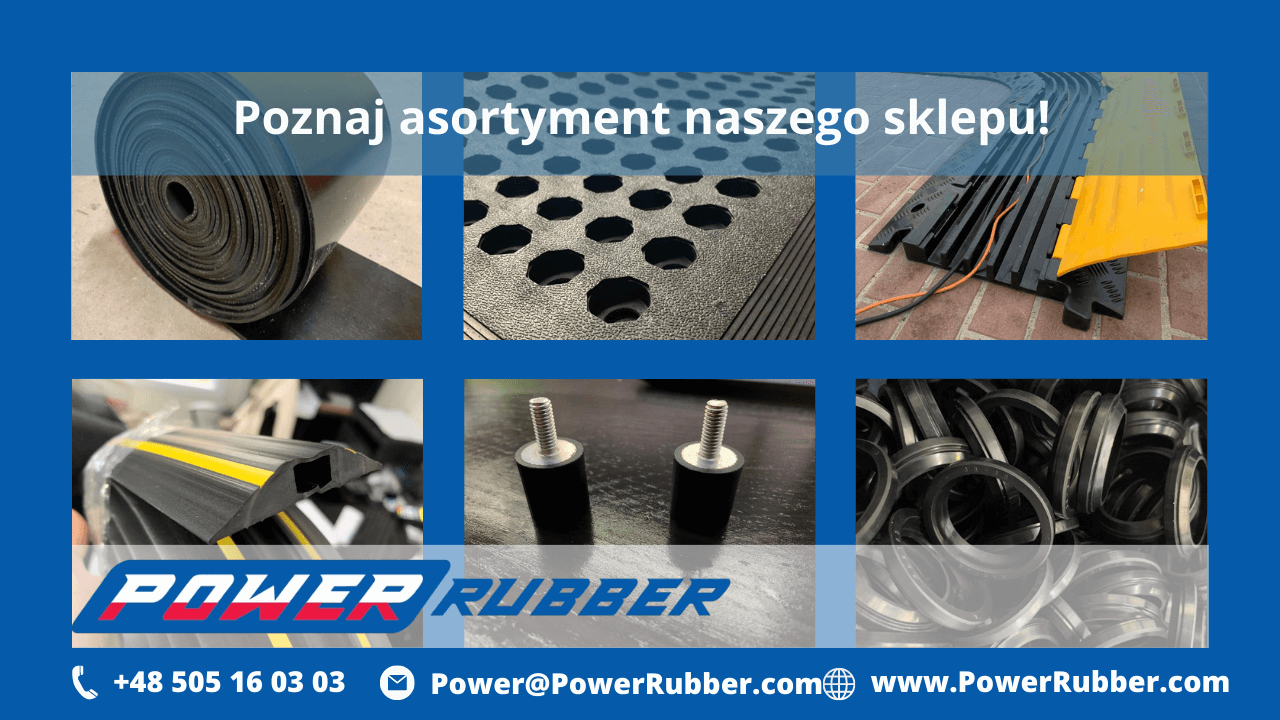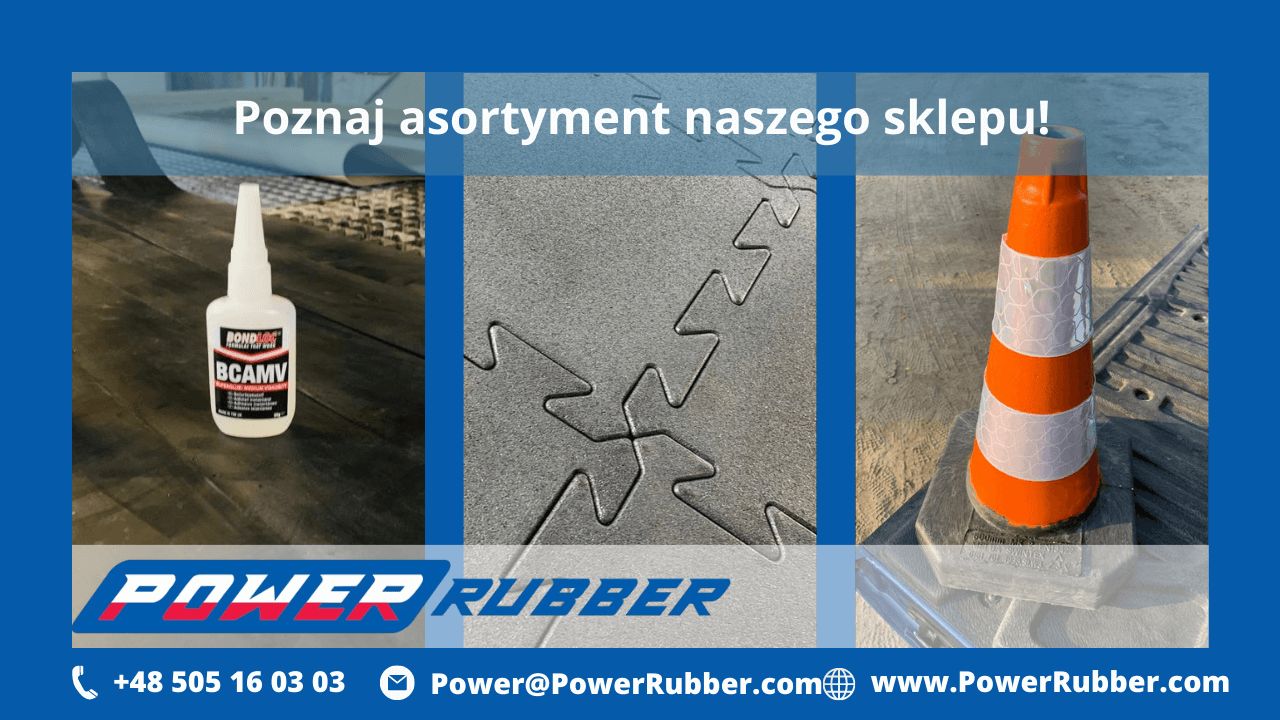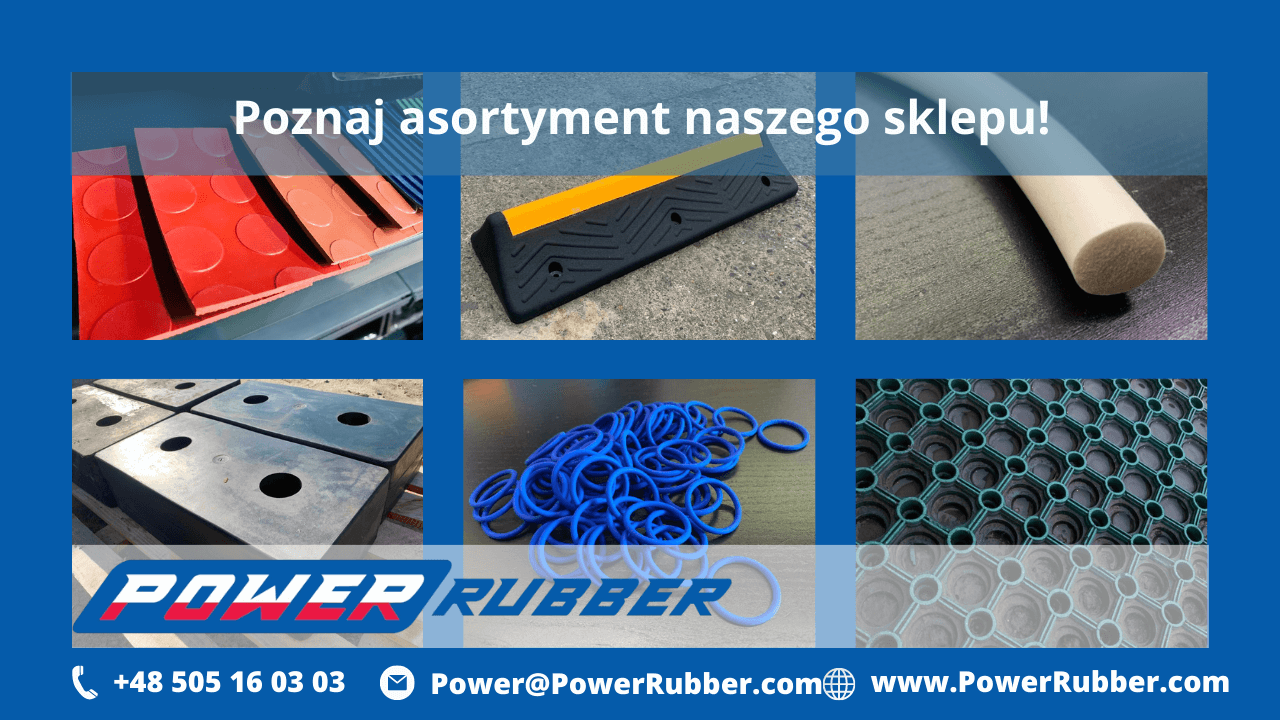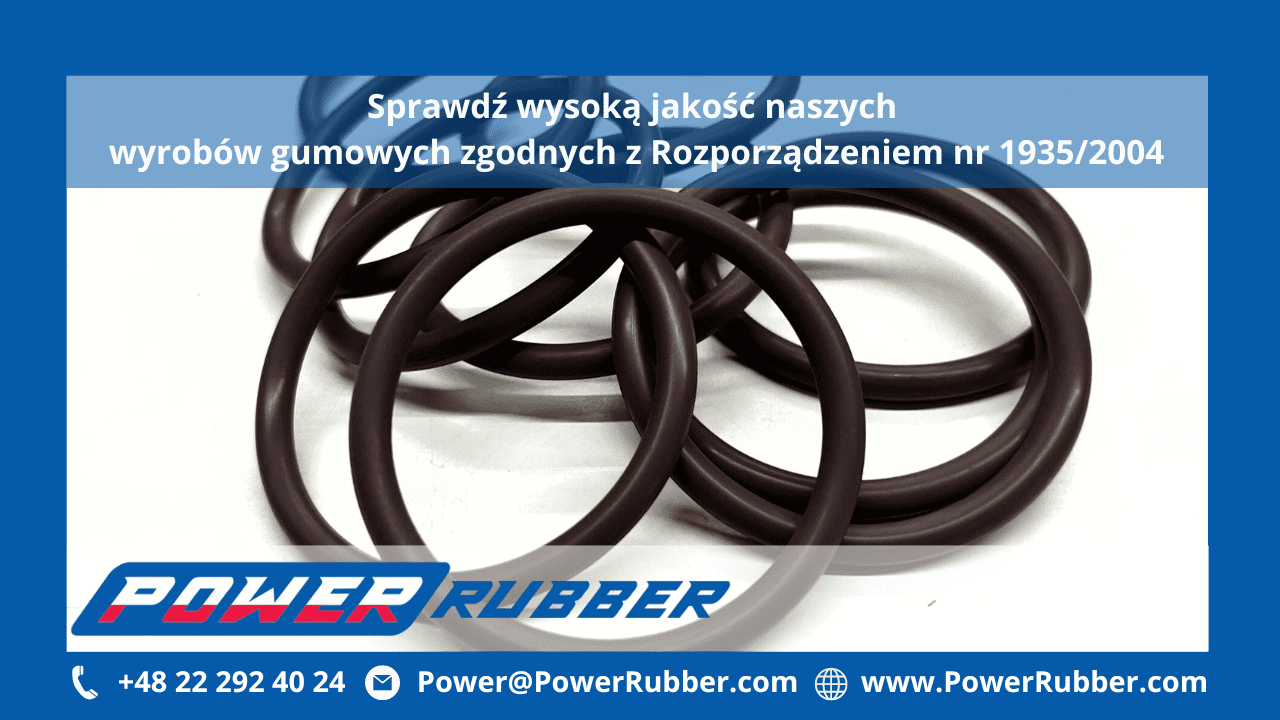Regulation (EC) No 1935/2004 on Materials and Articles Intended to Come into Contact with Food
Food contact materials: Safety and EU compliance
During the processing, production, and storage of food, contact with various materials and articles can lead to contamination. To minimise this risk, the European Union has introduced strict safety rules for 17 groups of materials that come into contact with food during manufacturing, storage, preparation, or serving.
To harmonise food contact material legislation across the EU, the European Commission adopted Regulation (EC) No 1935/2004. It outlines key requirements for materials and articles in contact with food, including labelling, traceability, and the approval process for substances by the European Food Safety Authority (EFSA).
Objective of Regulation (EC) No 1935/2004 on food contact materials
The regulation aims to:
-
Set unified rules for food contact materials (FCMs) such as food processing machinery, food transport containers, kitchen utensils, and bottles in direct or indirect contact with food.
-
Ensure a high level of human health protection.
-
Promote the free movement of goods within the European Economic Area (EEA).
This regulation governs contamination caused by chemical migration from contact materials into food. It allows the use of active and intelligent materials, provided they do not affect the composition of the food.
Specific regulations for food contact materials (FCMs)
There are four categories subject to additional detailed rules:
-
Plastic monomers and additives (Regulation (EU) 10/2011)
-
Active and intelligent materials (Regulation (EC) No 450/2009)
-
Recycled plastic materials (Regulation (EC) No 282/2008)
-
Regenerated cellulose film (RCF)
Key requirements under Article 3 of Regulation (EC) No 1935/2004
Requirement 1: Safety
Materials must be manufactured under good manufacturing practices (GMP) and under normal or foreseeable conditions of use must:
-
Not release substances into food that may pose a health risk.
-
Not alter the taste or smell of food.
-
Not cause unacceptable changes to the composition or sensory characteristics of food.
Requirement 2: Labelling and consumer protection
Labelling and advertising of materials and articles must not be misleading. All information must be visible, legible, and durable.
-
Packaging materials must be labelled "for food contact" or carry a glass and fork symbol.
-
Labels may include intended use (e.g. “serving spoon”).
The regulation applies to materials in both direct and indirect contact with food. It excludes antiques, coatings, and certain food coverings (e.g. cheese rinds).
Benefits of Regulation (EC) No 1935/2004
Food safety
-
Prevents migration of harmful substances into food under normal or foreseeable use.
-
Toxicological testing ensures compliance with migration limits.
-
Guarantees food safety and quality by avoiding health risks and unwanted flavours or odours.
Clear labelling
-
Clearly marked products with phrases like “suitable for food contact” or appropriate symbols.
-
Special handling instructions provided for safe usage.
Full traceability
-
Identification markings and documentation enable tracking of materials through the supply chain.
-
Allows withdrawal of defective products and accountability.
Rubber products compliant with Regulation (EC) No 1935/2004
At Power Rubber, we offer rubber products certified for food contact applications, compliant with Regulation (EC) No 1935/2004. Our materials are safe for consumers, maintain food quality, and fully meet legal standards.
For more information about our certified rubber products, contact us at +48 22 292 40 24 or +48 505 16 03 03, or email us at Power@PowerRubber.com.
